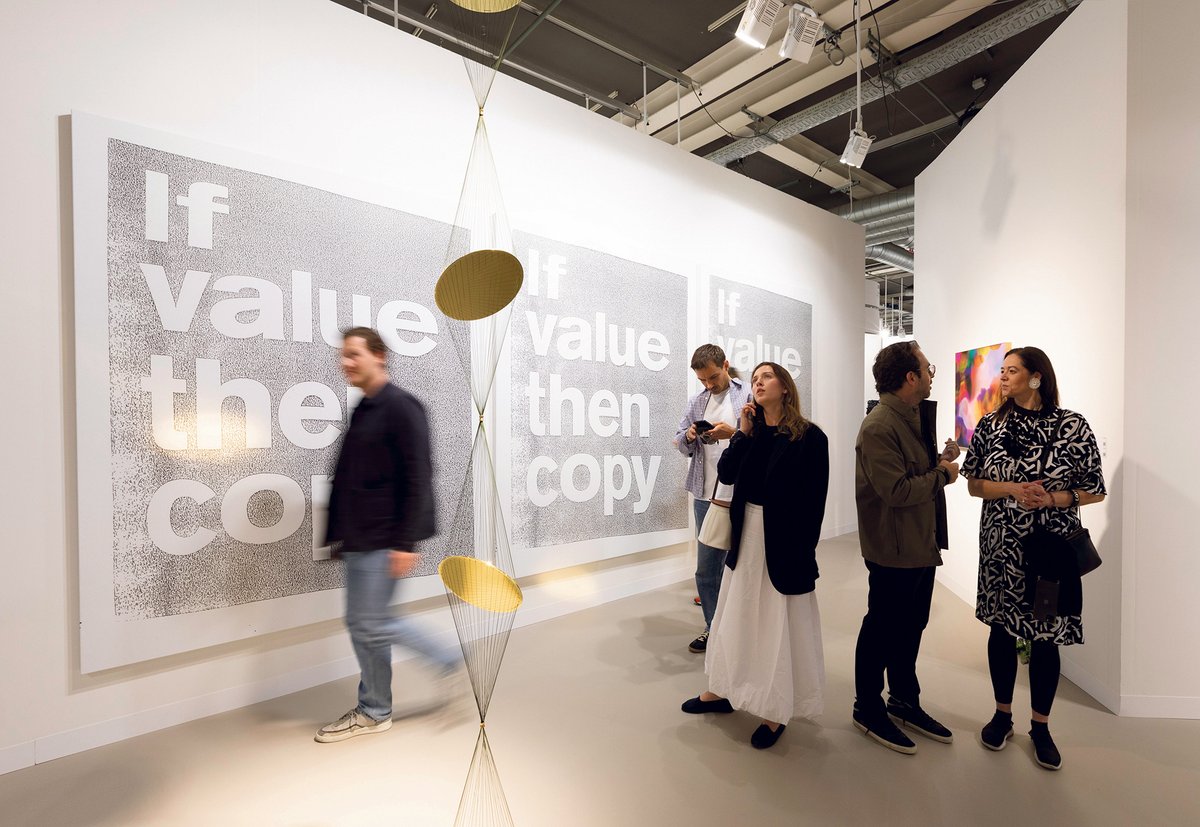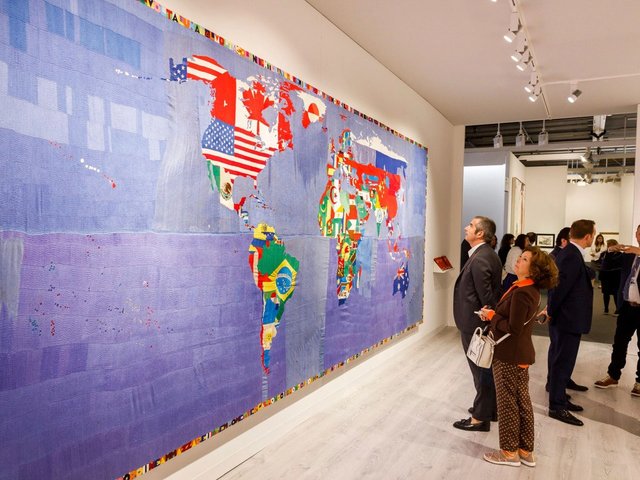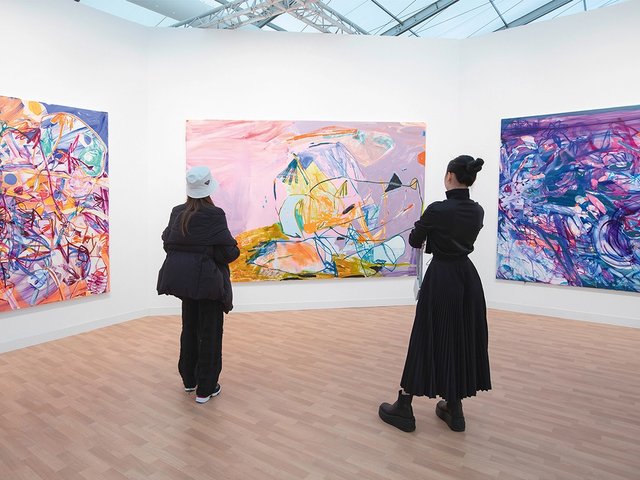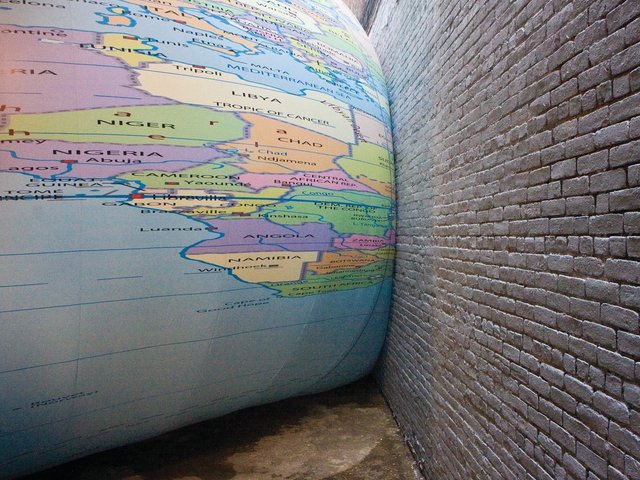Whenever there are fireworks, it takes some time for the smoke to clear. Despite the bombastic first-day transactions at Art Basel, comments by numerous sellers, buyers and advisers at the fair reinforce that the market’s dynamics remain devilishly complex. In fact, one of the few things art professionals across sectors seem to agree on is this: anyone telling a simple story about the state of the trade right now is probably either misinformed or pushing an agenda.
“What’s happening in the art market is hard to describe, very hard to decipher,” says Dominique Lévy, the co-founder of Lévy Gorvy Dayan. “The world has forgotten the word ‘nuance.’ From the art market to the stock market to the political situation, everything seems to be one extreme or the other.”
It is a truism within the industry that the art market is not a monolith. Yet the impulse to accept a catastrophic narrative during the ongoing market correction suggests that knowing this mantra and applying it are often two separate tasks—and the same will be true when selective evidence of a recovery starts to mount.
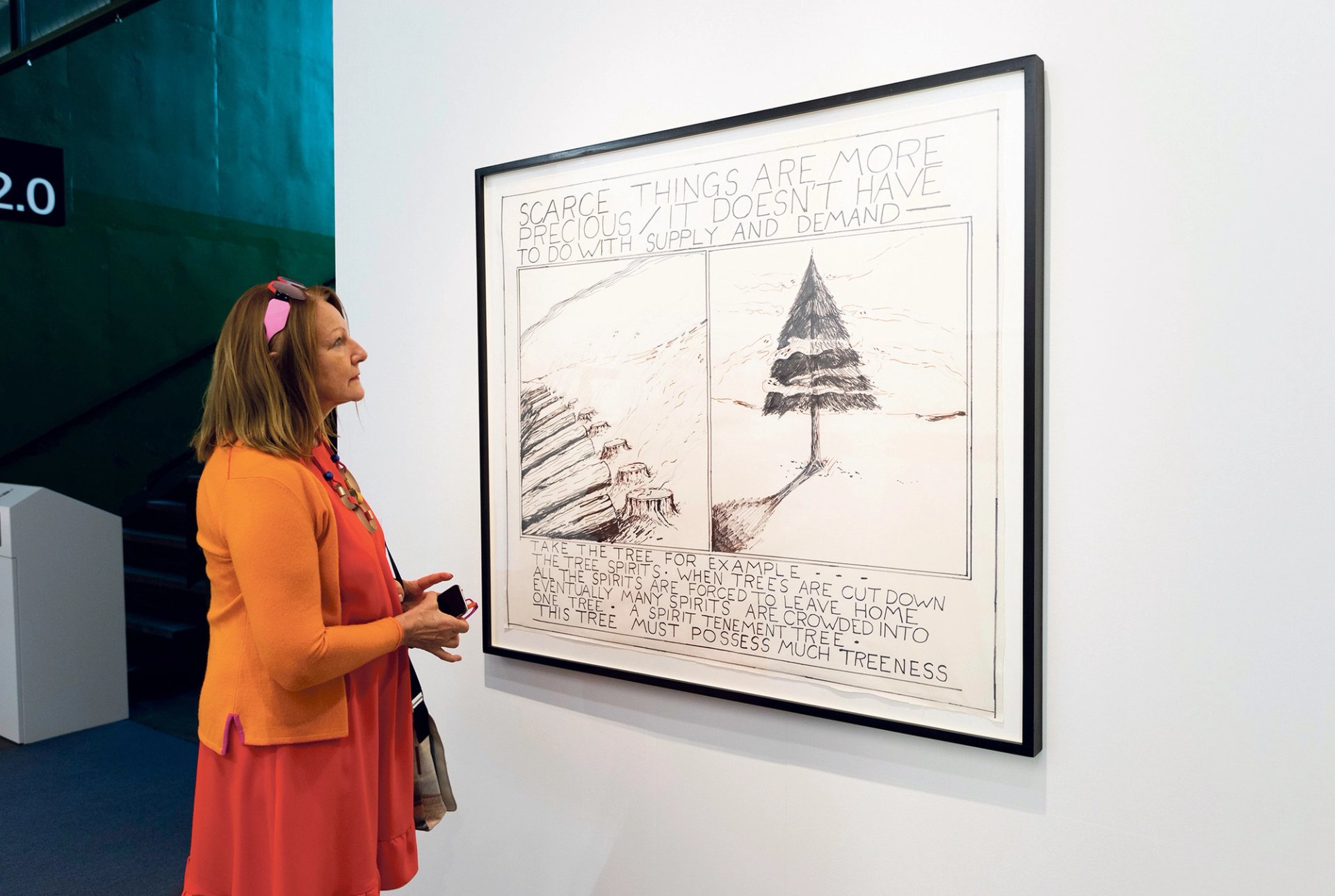
“Scarce things are more precious,” according to Mike Kelley’s 1979 drawing Tree Spirits (from the Parasite Lily) at Vedovi’s stand David Owens
For example, the headlines about Art Basel’s first preview day (including in this publication) were dominated by reports of seven- and eight-figure sales by the bluest of the blue-chip dealers. But these big-ticket transactions deflect casual attention away from the continued challenges facing the sell side. One international dealer described their situation on Tuesday afternoon by saying, “We’re doing OK, but it doesn’t feel great.” The sentiment summarises much of what this reporter has been hearing from a large cross-section of the trade for around the past 18 months.
The friction between facts and feelings aligns with a similar one about the wider economy since society at large moved on from the Covid-19 pandemic. The mentality has been particularly strong in the US, where several positive data-based indicators—rising real incomes, relatively low unemployment, narrowing inequality, significantly eased (if still stubborn) inflation and more—have proven unable to defuse a broad-based outpouring of negativity about the state of work and life.
Others are struggling
Even as individuals admit they themselves are finding ways to muddle through, they tend to voice a belief that others are struggling more, with little relief in sight. The journalist Derek Thompson of The Atlantic has dubbed this mentality “Everything is terrible, but I’m fine”. Many art trade professionals are experiencing something similar.
Part of this emotion stems from the sea change in effort needed to keep selling art in recent conditions, not only this week but for much of the past two years. “The burning sense of urgency that was characteristic of the art market for so long is certainly shifting,” says Steve Henry, the senior partner at Paula Cooper Gallery. “Everyone is working twice as hard.”
The same is broadly true in the private secondary market. “In general, this Basel doesn’t feel that different from last year’s or the year before or the year before, really, back until Covid,” says the London-based adviser Morgan Long. “I hate the phrase ‘market correction’, but it’s kind of where we are. There are still significant private sales happening. Quite a few big transactions are still pushing through, but they’re all works people have been looking for, they’re well priced and the access is there.”
The extra labour is all the more noticeable compared with the easy profits reaped by the dealers and auction houses who handled the work of the most in-demand young artists during the post-Covid boom. Although this subset of the trade received an outsize amount of attention, it only ever constituted a small share of the much larger group of galleries selling the work of emerging and mid-career artists.
A twin consensus exists among this strata of dealers at Art Basel: first, that the speculators who drove that buying have now all but disappeared from the market; and second, that this disappearance has done almost no damage to their own campaigns to sell primary market works by other young artists. It was never their business model, so it had no relationship to either their roster or their collectors. All of the above would make it fallacious for market observers to conclude from the public collapse of a few young talent with once-lofty auction results—most of whom had little to no institutional support during their rise—that the trade has cratered for all ultra-contemporary artists.
Trickle-down economics?
There is one way that the slowdown in sales for many market darlings may impact dealers who never worked with them, however: the trickle-down effect on waiting lists. Sources say that, in some cases, longstanding clients of modestly sized galleries have started being offered once-in-demand primary works by larger galleries with little incentive to make those works accessible to them one or two years ago. But as higher-profile buyers have reconsidered commitments made while the aphrodisiac of competition was in their bloodstreams, the galleries left holding the inventory have extended offers to less sought-after collectors—some of whom are capitalising by spending their money higher up the chain than they typically would.
This shift could ultimately hurt the modestly sized galleries these collectors have been instrumental in sustaining, but it is not yet clear whether the scale of the spending transfer will be large enough to matter. In the interim, it is another new corridor in the labyrinth of today’s trade.
Just as it would be misleading to assume that all artists of a certain age bracket or experience level are created equal, it would be similarly misleading to assume that all buyers are created equal when it comes to their priorities in deciding what (or whether) to purchase.
Lévy cautions that there is no such thing as a simple market. “I’ve been in this business for over 30 years, and I don’t think two transactions are the same, I don’t think two collectors are the same, I don’t think two collections are the same and it goes without saying that no two artists are the same.”
The diversity of perspectives within the contemporary collector base makes it a herculean task to draw the types of sweeping conclusions observers tend to want from the sales activity at major fairs. For instance, the most investment-minded buyers now consider more economic factors than ever before, ranging from regional interest rates and the strength of their home currency against the one in which a work’s purchase price is denominated, to historical price comparison and the relative liquidity of a piece via either resale or art financing should they want to make a quick exit later.
But this is still only one segment of the collecting population—and one that often skews its purchasing toward a particular swath of dealers well versed in viewing the trade through an investment-optimised lens. Other groups of collectors oriented toward other priorities are less sensitive to, say, any incremental increase in their buying power that might result from an interest rate cut made by their home region’s central bank. “That’s not a universal conversation,” Henry says of the example, adding of another divergence elsewhere within the trade: “What I’ll call the brand galleries have more brand-oriented clients. Our conversations may not be what their conversations are.”
Nonetheless, from the primary to the secondary market, and from dealers to advisers to collectors, one final point of consensus is that the slower pace of deal-making comes with the silver lining of deeper engagement, more thoughtful conversations and thus stronger bonds built between dealers, artists, collectors and institutional curators. Does that mean the extra effort being exerted this week might position the trade to go stratospheric again soon?
“What people forget about the market is that it’s cyclical,” Henry says. “Most of the time, it’s hard. It’s unusual when it’s easy.”


